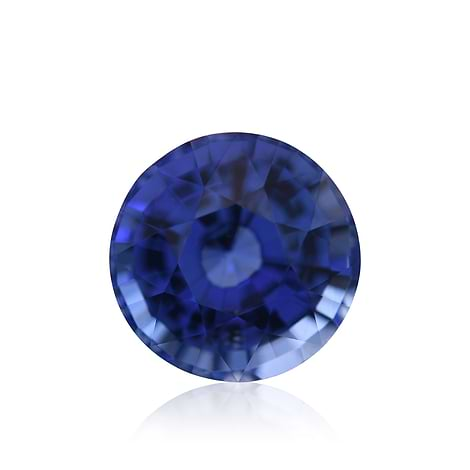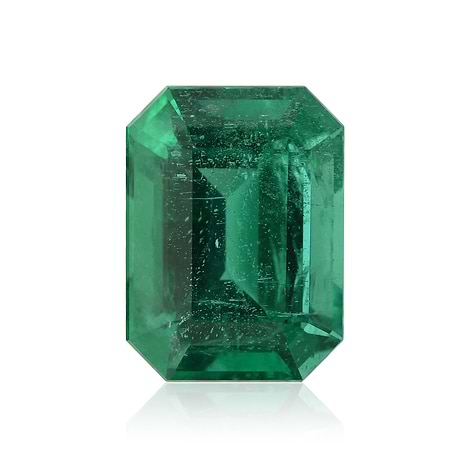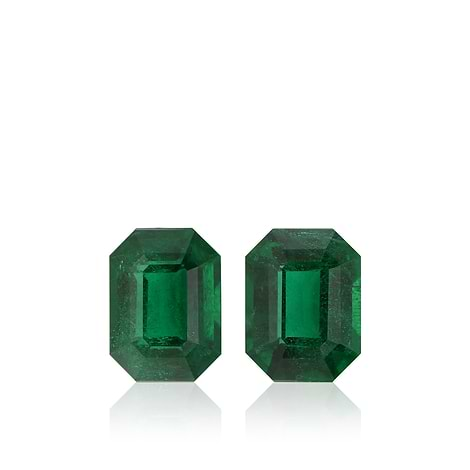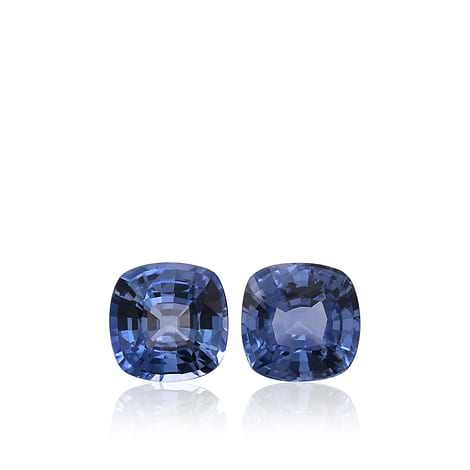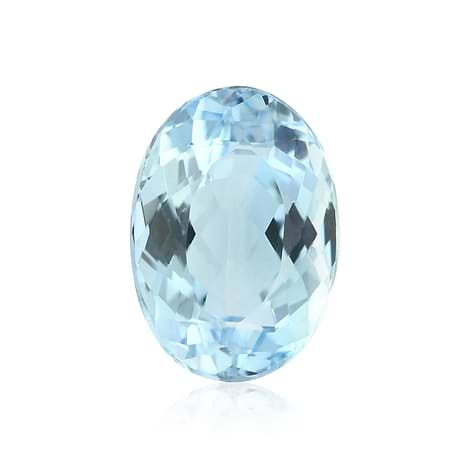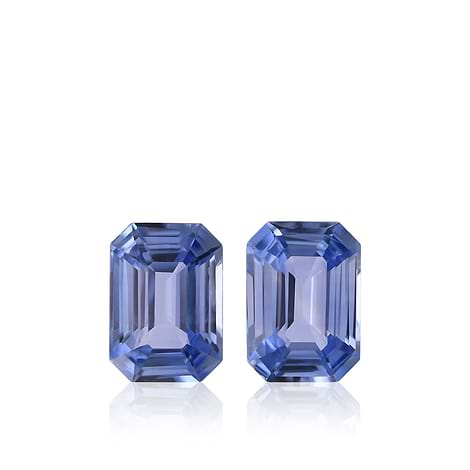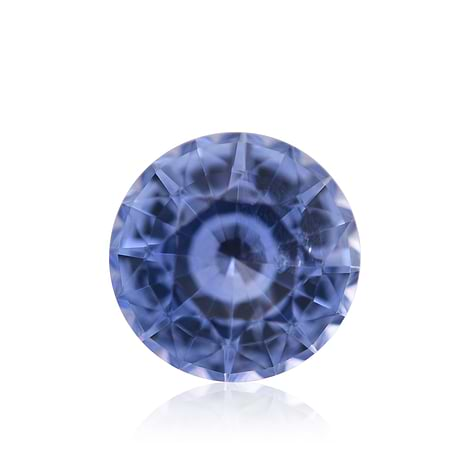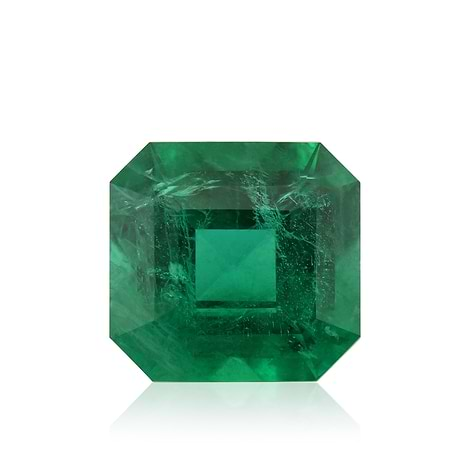Oftentimes, many in the gemstone sphere immediately give Carat, one of the 4 Cs, priority over the remaining three Cs: Cut, Color, and Clarity. This is, of course, because many people think bigger is better, and as carat refers to the weight by which gemstones as well as diamonds are measured, it just has to be the most important factor. But what is carat in gemstones?
This really could not be farther from the truth for so many reasons. Let's explore the meaning of a gemstone’s carat weight, its implications, and how to select the stone with the proper carat weight.
The Carat Weight System
Long ago, before there were all sorts of sophisticated tools available for individuals to measure stones accurately, there were precision scales on which the stones were set alongside carob seeds. This is how a gemstone’s weight was measured. The carat system came about this way and is still used today. Within each carat are one hundred points. Each point represents 1% of a carat, meaning a stone that weighs one and a half carat is a 1.50-carat stone or a stone of 150 points.
Density and Weight
Though diamonds and gemstones use the carat system, they are not equivalent in carat sizes. What does this mean? Well, although a diamond is a gemstone, it has different specifications than, say, a ruby and therefore stones of equivalent carat weight will have different visual sizes. For instance, rubies are denser than diamonds, so a 1-carat diamond will look bigger than a 1-carat ruby.
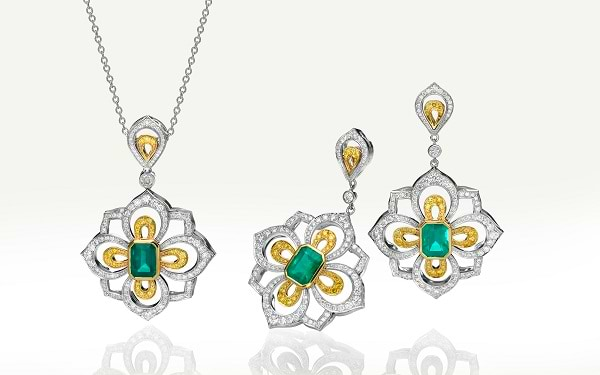
LEIBISH Emerald jewelry with very similar carat weight and size of the center stones
Weight is Not Size
Something many people fail to understand or to realize is that the carat weight of a stone is not the same thing as its size. Similar to the way in which the density of the stone plays a crucial role in its carat weight vs. its visual size, so stones with identical carat weights appear differently due to the way that they carry the weight.
Stones with large crowns and short pavilions can appear large and yet equal in carat weight to stones with small crowns and deep pavilions, which appear less impressive than the former stones. The same works the other way around. Two stones that look identical in size can bear different carat weights if they are different types of gemstones and are formed differently. Gemstones should neither be too shallow nor too deep, but one can get a larger-looking stone for the same price as a smaller-looking one of the same carat weight, which will suit his or her needs without hurting one’s pocket too much. This can be achieved by looking for a stone of the desired carat weight with a large crown and table, thus giving off a large appearance.
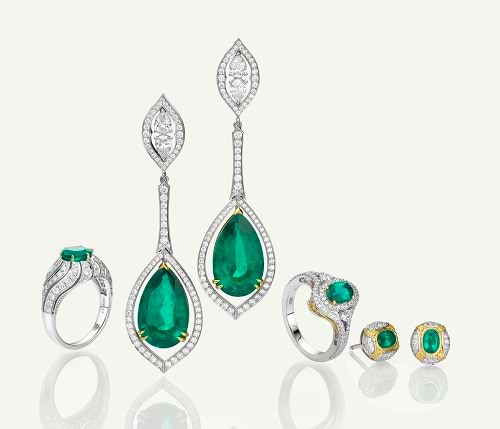
LEIBISH Emerald jewelry with very similar carat weight and size of the center stones
Another important aspect to remember in regards to gemstone carat size is that a stone with a low carat weight does not necessarily mean that it will be less expensive. This is because larger gemstones, especially rubies, tend to have many inclusions. Smaller ones, more often than not, will have a higher clarity level, thus making them pricier. That is why it is necessary to factor in all this information when looking for a gemstone with the right carat weight.
